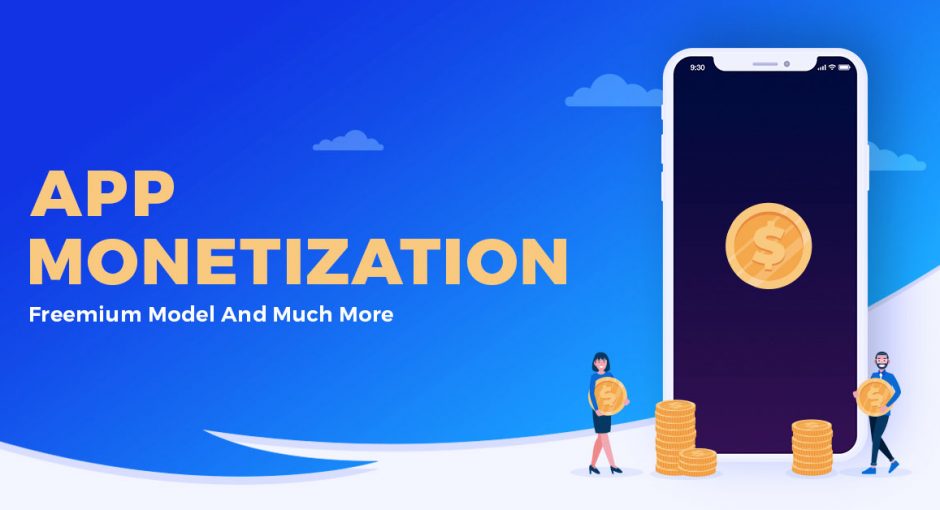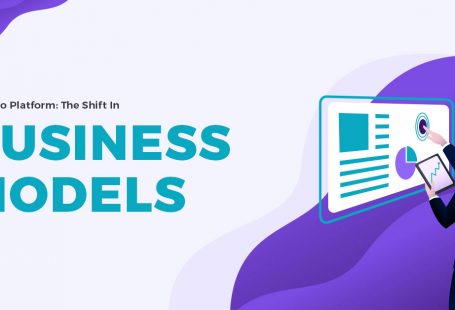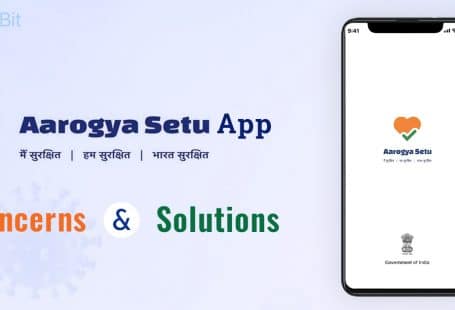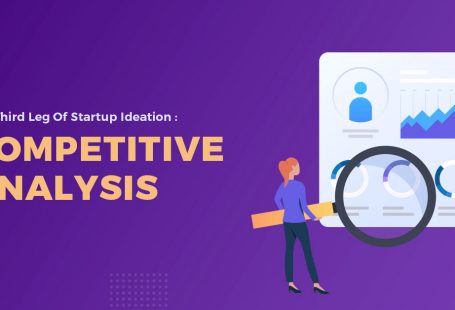Everyone knows about Pokemon Go. It’s a gaming app that touched $500 million in no time. But the amazing part is, the app was free to download.
The crux is, even if your app is free, it can achieve incredible success in terms of revenue. A layman may not be able to digest this, but with the right kind of strategies, you can monetize your app & blog in this way as well.
There are different business models to make money from your app, the most popular being the Freemium model. Pokemon Go is based on this model only. In this write-up we are discussing business models in terms of monetization and not in terms of structure.
In terms of structure, business models can be branched into Pipes and Platforms. You can read about them here.
Now let’s get back to our subject.
You may think how a free app can topple a paid app in terms of revenue, but the fact of the matter is, freemium apps are far more popular than paid apps.
You need to understand this. Not many people are interested in downloading a paid app. Google Playstore has more than 3 million apps currently, and out of those apps, only 8% are paid. These numbers are a clear indicator that currently, freemium apps are dominating the “app space”.
So what exactly is a Freemium Model?
As the name suggests, it’s a blend of free and premium, meaning, you can download the app for free, but if you want to avail some premium or value-added services, you are required to pay.
The idea behind a freemium application is to expand the userbase first. If something is free, people don’t mind to check it out at least, isn’t?
The focus is on letting users become comfortable with the application and its basic functionalities. Once that’s achieved, premium features are pitched using various strategies.
As users become well aware of the app and its utility, they are able to make an informed decision on availing the premium features.
This model has been a game-changer. Let’s take the example of Craigslist, which is one of the most popular websites for classifieds. Users can post classifieds related to jobs, housing, services, etc, and that too for free. The ads are listed on the basis of regions and categories so that they remain relevant to users.
So how does Craigslist generate revenue if the classifieds are posted for free?
The current revenue model of Craigslist wasn’t a part of their plan initially. In 1998, they started charging money for specific listings that had some competitive significance, like $20 for posting a job in San Fransisco.
They did it to counter spamming and cover their costs, but citing the productive outcome, they adopted this strategy to monetize their platform and earn profits. As a result, many of the listings (falling under different categories) were made chargeable.
A Freemium model doesn’t generate revenue on its own. There are different strategies that are used to monetize a Freemium app. Some important ones are discussed below.
Virtual Currencies
Virtual currencies are mostly associated with gaming apps.
You must have played Candy Crush Saga, who hasn’t? Once you download this gaming app for free, it gives you the option to buy virtual coins or points and use them to get extra lives.
Someone who is really into the game wouldn’t mind buying a few extra lives, knowing that they will have to wait for several hours to play again if they don’t.
Apps that offer virtual currencies usually have a coin shop, which makes everything more believable.
The thing with virtual coins is that they are consumable, meaning, if you run out of coins, then you must purchase or earn them again.
Limited-Time Offers
This option again can be seen more in gaming apps.
The idea is to provide limited-time offers or perks to players, like allowing them to skip a level in exchange for virtual coins.
For example, there is a popular racing game called EA Real Racing, that offered promo codes for a limited time.
Any business can use this strategy to monetize its app. It can simply offer premium features at a low price, but for a limited time. For example, you can give early bird offers, so that users can avail certain features at discounted prices.
App monetization through Paid Subscriptions
This one of the most popular strategies to monetize an app, any app for that matter. It’s how newsletters or magazines monetize their business. They ask their readers to pay a monthly or yearly fee so that they can keep reading their content, including the special editions, without a miss.
Similarly, any freemium app can ask its users for a weekly, monthly, or yearly subscription, if they want to avail the premium features.
You can take the example of Spotify, which is a contemporary music app. To listen to songs without any ads in between, users need to subscribe monthly. Of course, it’s a paid subscription.
For a Subscription Model to click, it’s important that a business keeps updating itself. Users will keep subscribing to your app, only if you keep things interesting, fresh, and relevant.
It’s much easier for Video streaming apps like Netflix or Amazon Prime because of the nature of their business.
There are a few strategies that you can use to make your subscription model a success.
a) Free Trial
To give users a free trial of your app, before asking them to subscribe is a very courteous thing to do, and every user will like it.
But you need to plan out your free trial. You must focus on making the UX as meaningful as possible.
YouTube Red does it flawlessly. It offers users a 30-day trial, which gives users a lot of time and space to interact with the app and understand its benefits over a regular YouTube app.
A 30-day trial is very generous, but it can give you some genuine and long-lasting users.
b) App monetization using long-term subscriptions
Luring users to opt for a long-term subscription by offering discounts is a good strategy. But again it depends on the nature of the business.
It can work well for a video streaming business, as it’s highly likely that someone who binge-watch will continue to binge-watch for a long time, and they will keep coming back to the video streaming app.
There is a grocery list app named Buy Me A Pie that offers a 50% discount if users opt for a lifetime subscription. Here again, grocery is something which people will keep buying forever.
Long-term subscription can give you truly loyal customers. It’s a good strategy to retain your customers. To keep them happy, you can further your discounts once their subscription ends.
To highlight the benefit which you are providing them, you can always mention the money which they are going to save if they opt for another 1-month or 1-year subscription.
c) Multiple Subscription Plans
It has not being written in stone that “You can offer either a monthly or yearly subscription plan”.
If you want to accommodate all kind of people and expand your customer base, you better offer multiple plans. For example, you can offer a 1-day, weekly, or even lifetime plans, that will obviously be cheaper.
This way you can target the younger people who generally have financial constraints. They can opt for such cheaper plans and experience your app.
You can also divide your subscription plans in terms of cost. For example, you can offer three different versions of a 1-month plan, where each version has different features. Of course, the costlier one will have more advanced features.
Netflix has been doing that for a long time. It offers $7.99, $10.99, and $13.99 plans, catering to different user preferences.
Read more: How to create an app like instagram
We hope this write-up answered your questions regarding the Freemium model. Do share your views in the comment section below.





